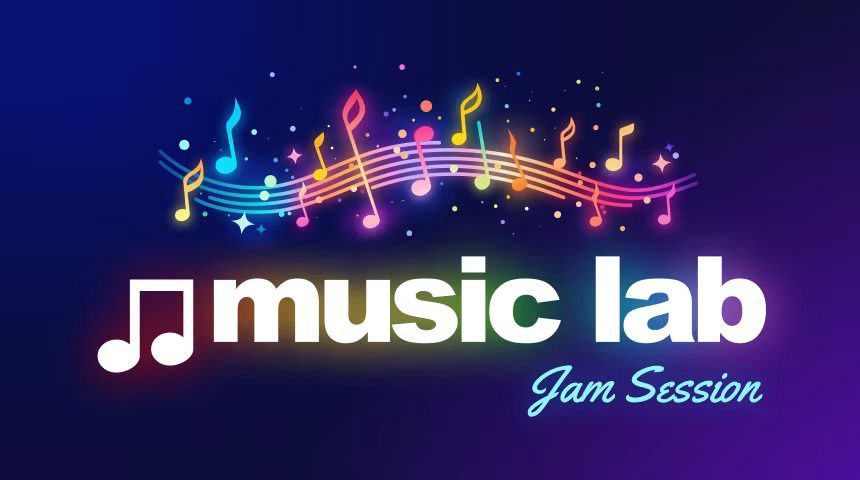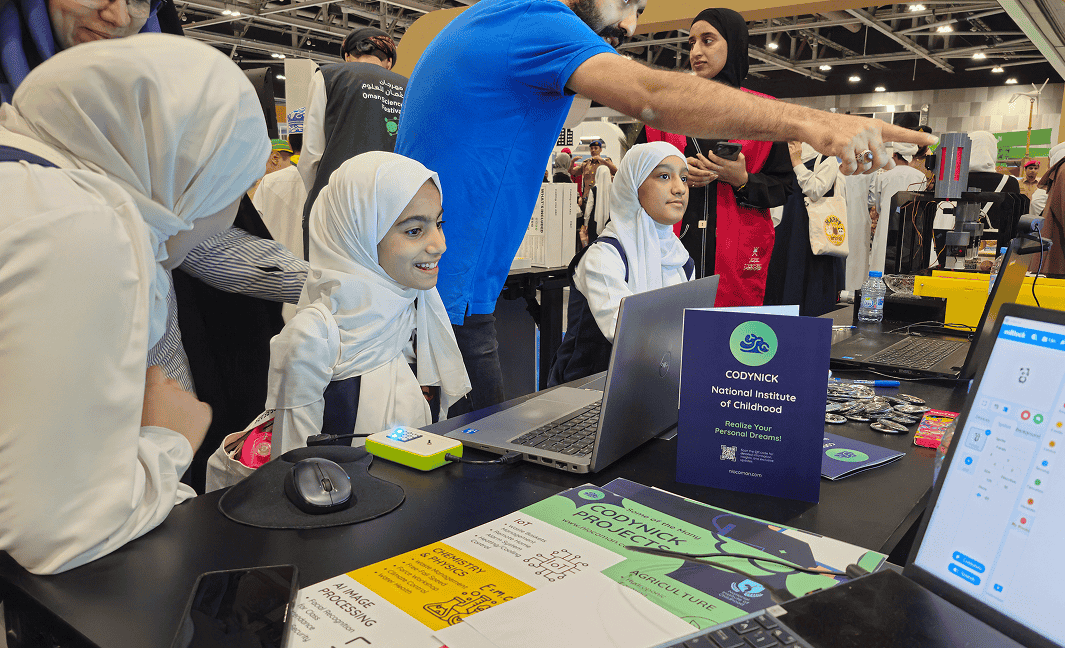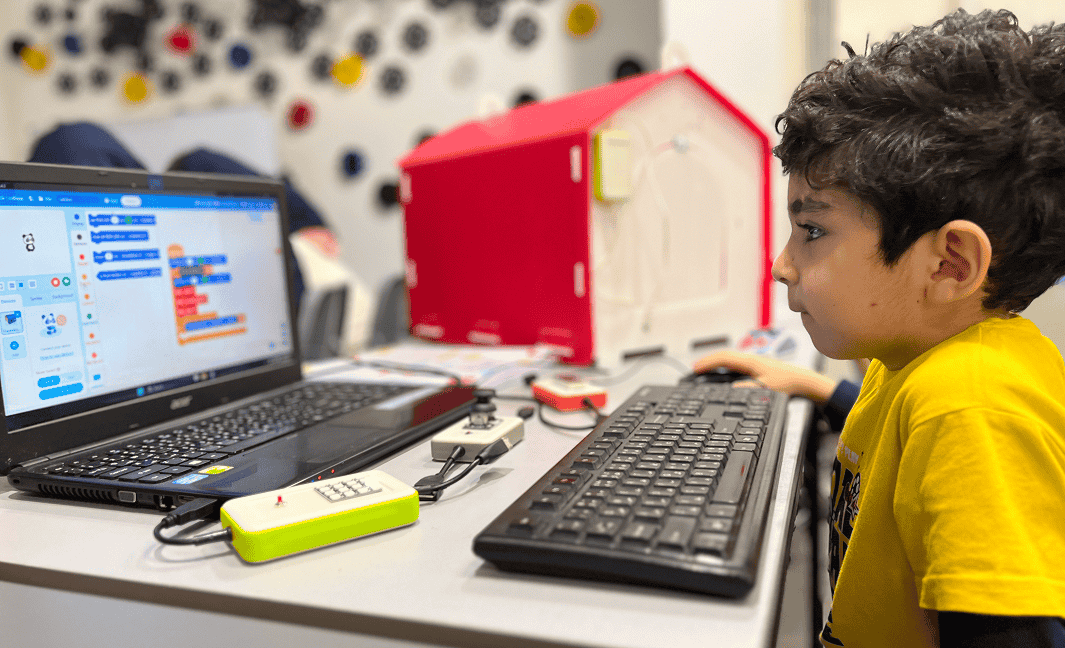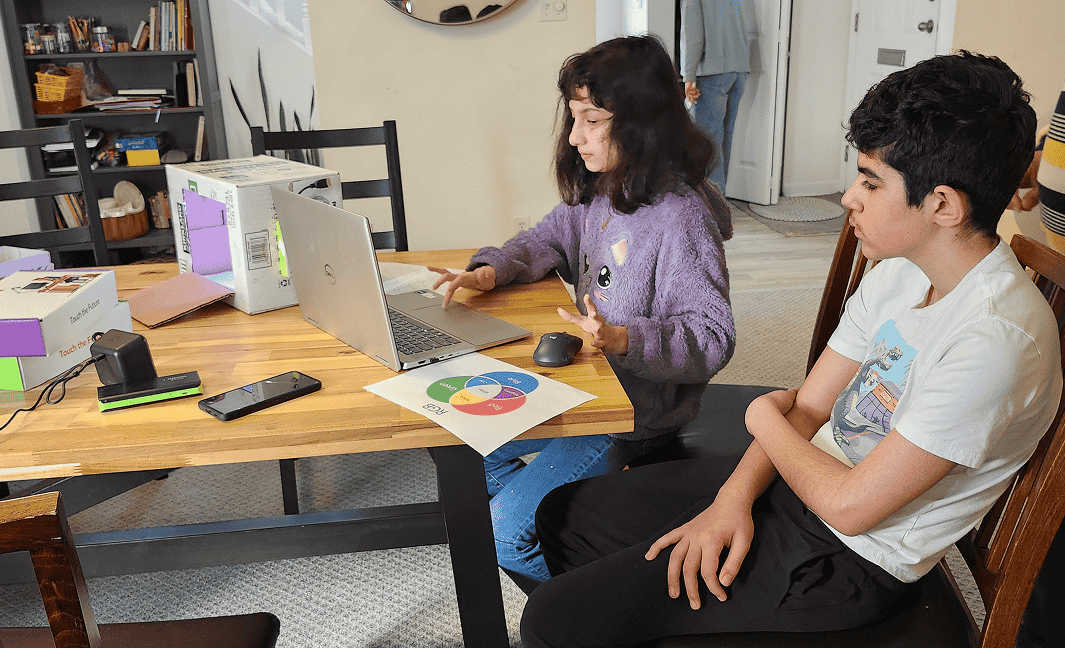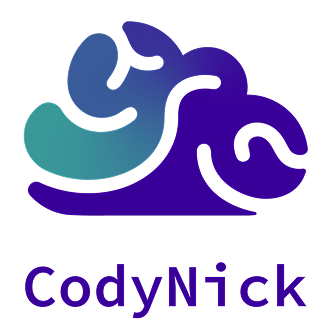What if your child could create their own music and learn AI at the same time? That’s exactly what the Hour of AI – Music Lab offers. It’s more than a game—it’s one of the best AI learning activities for kids, designed by Code.org to make artificial intelligence simple, playful, and meaningful.
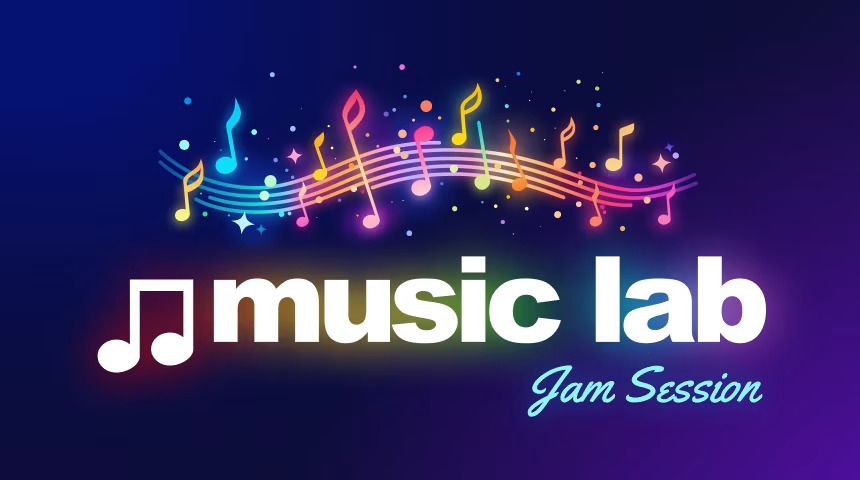
No prior experience in music or coding needed. Just curiosity and creativity.
Ideal for ages: 8–12
link: https://studio.code.org/courses/music-jam-2024/units/1?viewAs=Instructor
What Is AI Music Lab?
That’s the AI Music Lab in action:
– It teaches coding for kids through music
– It introduces AI concepts in a fun, creative way
– It shows how AI supports human creativity—without replacing it
This is a favorite for teachers introducing AI in classrooms and for parents looking for educational Ai activity that feel like play.
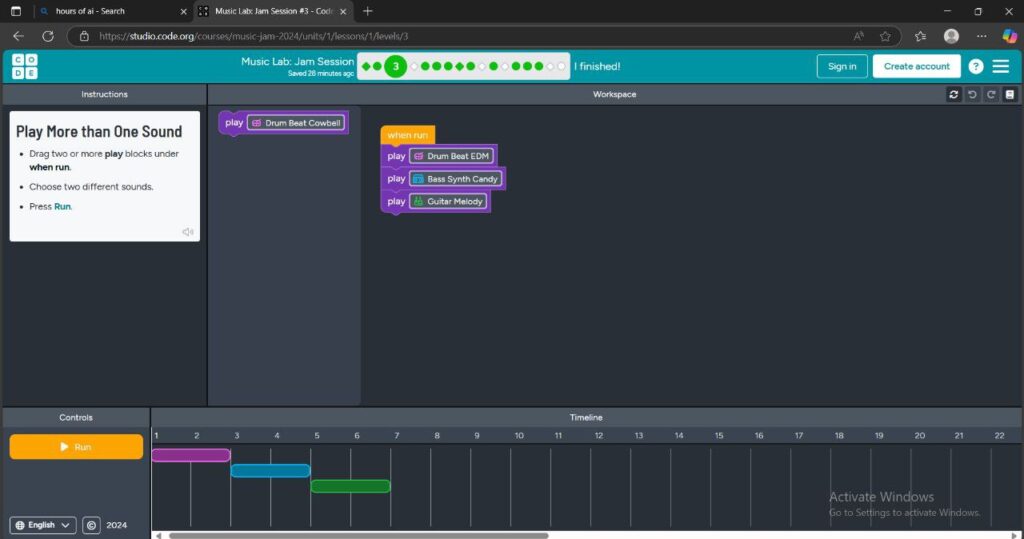
Step-by-Step Activity Guide
Step 1–8: Make Beats and Melodies
What kids do:
– Learn how to stack or overlap small blocks of music called beats and loops
– Combine melodies from popular songs to make their own remix
How you can help:
– Ask: “What happens if you repeat this beat twice?”
– Say: “Wow, you just layered sounds like a real music producer!”
– Encourage exploration: “Try adding one more instrument—what changes?”
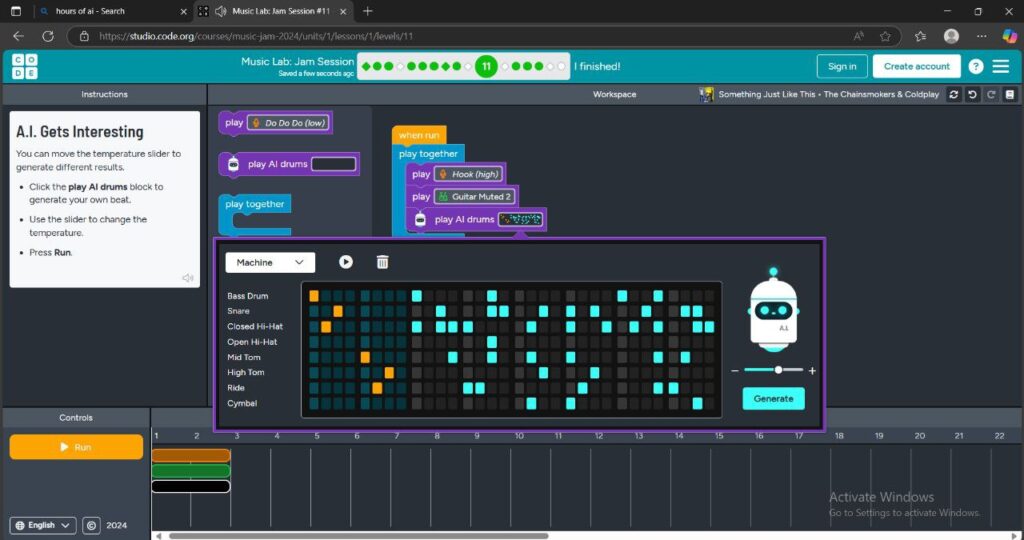
Step 9: When AI Joins the Band
What kids do:
– Type in or select a melody they have in mind
– AI suggests how to continue the melody—like the computer is completing their thought
– They can click several times to get different variations from the AI
How you can help:
– Ask: “Which suggestion do you like most, and why?”
– Say: “The AI is like a helpful bandmate, but YOU decide what stays.”
– Suggest experiments: “Click again—let’s see what other ideas it has!”
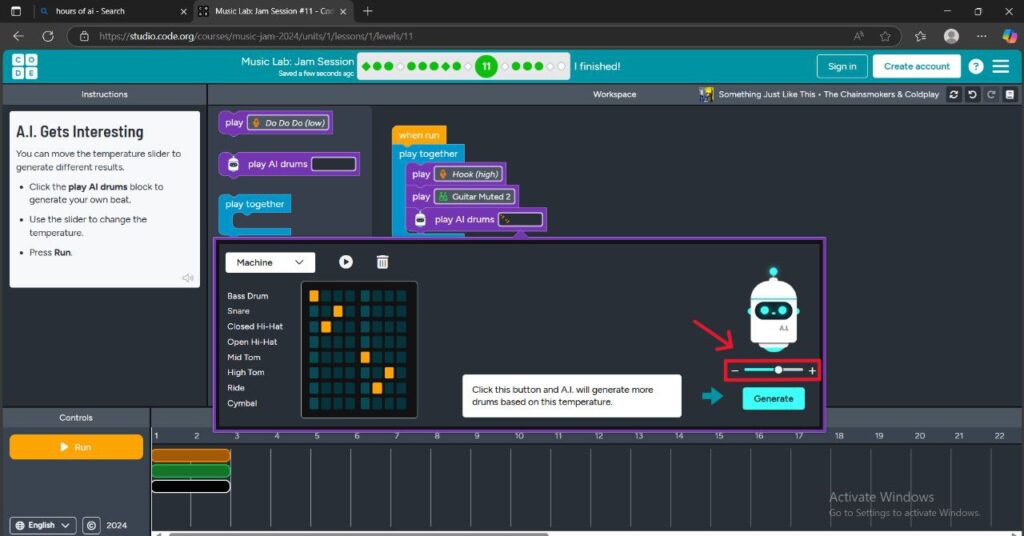
Step 11: Adjusting AI Creativity
What kids do:
– Use a slider to increase or decrease the creativity of the AI
– Lower creativity = more predictable, structured music
– Higher creativity = surprising and unique patterns
How you can help:
– Say: “Let’s see what happens when we make the AI more creative!”
– Ask: “Which version sounds closer to what you imagined?”
– Encourage reflection: “Does a simple beat or a creative beat sound better for this song?”

Final Stage: Make Your Own Song (or Recreate a Hit!)
What kids do:
– Either create a song from scratch or remix a famous track using what they’ve learned
How you can help:
– Say: “This is your song—add your personal touch.”
– Encourage storytelling: “What mood does this song have? Happy? Chill?”
– Celebrate success: “Let’s play your track for the family—it sounds amazing!”
Parent & Teacher Cheat Sheet
Here are some universal phrases that work at any stage:
– “What happens if we try this?” (encourages curiosity)
– “Why do you like this version?” (builds critical thinking)
– “You’re experimenting like a real artist!” (boosts confidence)
– “If something sounds off, what can we adjust?” (teaches problem-solving
What Will Kids Learn?
– Logic and sequencing (through beats and loops)
– Creativity and composition (making original music)
– Understanding AI (how it helps, not replaces)
– Confidence in using tech tools
All while making music!
Why This Activity Is More Than Just Music
Kids learn logic and sequencing while having fun.
They see how AI collaborates with humans, instead of replacing creativity.
It’s a low-pressure way to explore technology, art, and imagination—all at once.
You don’t have to be a music expert or a coder.
Your role is to ask questions, show curiosity, and cheer your child on.
With the Hour of AI Music Lab, every beat they make is more than a tune—it’s a step towards understanding how creativity and technolo gy come together.

